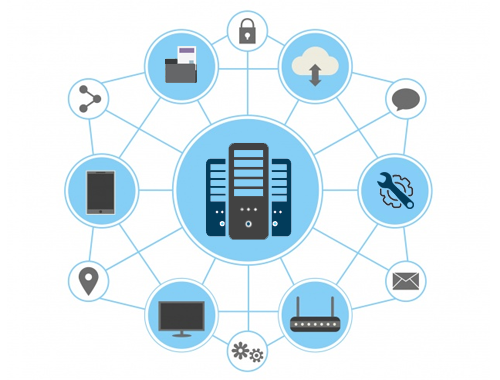Why do a formal assessment of your enterprise network?
Like a car, enterprise networks benefit from regular checkups. But too often, network assessments are left untouched at the bottom of the to-do list as daily urgencies pile up.
If left unchecked for too long, complex legacy systems can become a beast to manage and secure. They demand constant troubleshooting, with reactive tactics to smooth out operational bumps and fill critical security gaps.
When untamed, legacy systems also thwart the potential to implement the latest network technology trends, like SD-WAN, software defined access, and other automated solutions.
One simple way forward? Embark on a network assessment with a neutral, third-party partner you trust.
What is a network assessment?
A network assessment is an in-depth analysis of your current IT infrastructure that provides you with a comprehensive understanding of your existing environment and recommends improvements such as network consolidation, simplification, or automation.
When you engage a third-party partner to lead a network assessment, their objectivity is a benefit. With a fresh perspective, they can deliver unbiased recommendations to achieve improved capacity planning and performance. They can also help create a network infrastructure strategy aligned to your business goals.
Six key benefits of a rigorous network assessment
From greater agility to enhanced security, the benefits of a high-performance computing environment are easy to visualize. What can be harder to see is the value of taking a good, hard look at network health and laying out a clear road map for improvement. Following are the benefits of a serious network assessment:
- See what’s going on with your IT infrastructure. An in-depth analysis of your current IT infrastructure—from topology maps to local traffic pattern analysis—can help ensure you’re making informed decisions about network maintenance and upgrades. Armed with accurate evaluations of current infrastructure assets, such as maintenance status, capabilities and weaknesses, your team can improve survivability of optimal systems, and phase out those that aren’t passing muster.
- Create a strategic road map for your IT systems and people. After gaining visibility into the current state, your team can zero in on opportunities for network consolidation, simplification, automation and possible cost reduction. You’ll be able to move forward with a clear road map to a modern, software-defined and virtualized infrastructure.This frees up your team to focus on more strategic activities. Your IT employees will have the opportunity to transition from admins to engineers, working on value-added tasks without headaches from DR, backups, and administrative tasks.
- Improve security.It’s difficult to defend against cyberattacks without full visibility into your network, including an understanding of how people, processes and other technologies interact with it. A strong network assessment uncovers those behaviors and interactions, empowering a proactive and preventative security strategy that protects against global threats as well as end-user vulnerabilities.
- Uncover serious cost-savings potential. In a traditional, legacy computing environment, capacity is provisioned based on estimated peak resource requirements. This results in periods where expensive resources are sitting idle, and other periods where capacity is not enough. A network assessment opens the door to designing a new network architecture that includes cloud computing. In the cloud, you can access as much or as little capacity as you need and dynamically scale to meet actual demand, only paying for what you use.
- Identify protocol enhancements like network segmentation. Assessments can expose vulnerabilities in your current operations—and, in turn, uncover opportunities for improvement. For instance, when users access data on a flat network, a data breach can spread quickly across the enterprise. Network segmentation reduces the attack surface, and can simplify your organization’s compliance reporting.
- Get C-suite support for improvements. With today’s enterprise leaders more invested in technology strategy than ever, a rigorous assessment can go a long way in making the case for the C-suite to sign off on meaningful upgrades. Strengthen your proposal for needed improvements by showing analytical data about how technical features will directly improve operations, support business goals and alleviate specific pain points.
Moving from assessment to opportunity
For enterprises seeking a hardened security posture, greater agility, and improved business results, a network assessment may be the big step forward that you need. Getting a handle on your current-state infrastructure and topology is only the beginning. Conducting a network assessment will give you the information you need to prioritize and pitch new investments in your enterprise. Your approach to new technology and projects will become data-driven and strategic, based on leveraging your current investments to their total potential.
If you’re ready to uncover new opportunity in your network, look first for partners who have specialization in the key areas you need, such as virtualization, networking and automation; and the expertise it takes to map out scalable, next-generation infrastructure.
